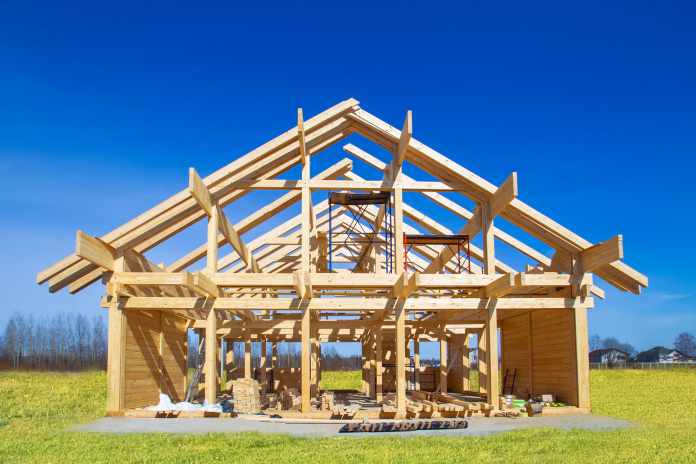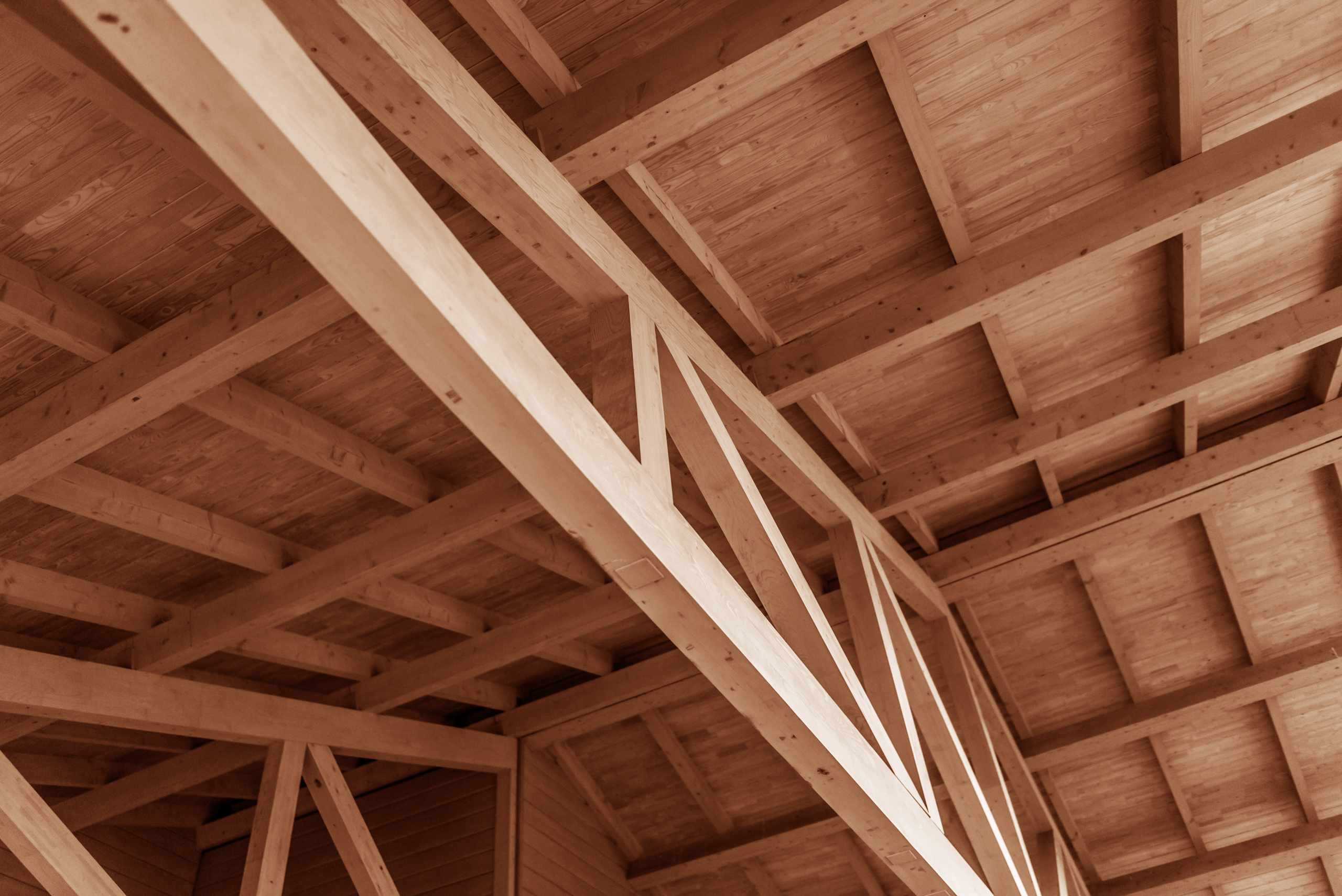
Timber frame construction has been a go-to option for most housebuilders, and it has been popular for centuries now. Through time, its types may have evolved, yet many rely on the durability and versatility of wood. It’s the same reason why many people use timber for furniture, toys, and tool manufacturing, among others.
Generally, people choose timber frame construction because of the advantages it’s associated with. If you’re planning to build your house soon, you may like to read about the advantages of this construction material. Get the gist of this article and weigh in the strength of the timber. Read on!
- Quick Construction
In most cases, timber frame construction uses prefab materials. The workers would just join and fasten each part until the entire structure stood firmly on the ground. Generally, seasoned timber workers could erect an average-sized structure in 5-7 days.
- Durability And Longevity
Since most timber frames are prefab, they’ve already undergone quality assurance. It guarantees that each timber material is durable enough to be used as posts, beams, and trusses. With proper timber preparation and excellent construction, timber-framed houses could last more than 100 years. To date, there are timber structures in Europe made centuries ago that are still present today.
- High Insulation Properties
Because it’s wood, timber is expected to have higher insulating properties than concrete and steel materials. It allows better air circulation inside and in between the gaps and joints. What’s more, timber vets could still improve the timber framing’s insulation by placing insulation materials between wall studs and roof parts. Most workers use mineral wool to optimize the timber’s insulation.

- Low Volume Of Waste
Since most materials used in timber framing construction are pre-made, it creates little wood waste. In addition, should there be produced waste, it’s biodegradable. Hence, it’s easy to dispose of as it decomposes naturally. Furthermore, its waste is easy to clean, ensuring that it won’t produce much trash for any landfill. These are why many people consider timber framing as one of the environment-friendly options to choose from.
- Low Carbon Footprint
Compared to masonry and metal framing construction, timber frames contribute less carbon footprint. This is because timber framing materials are naturally grown and are renewable. Second, they’re typically associated with similar materials that don’t produce a lot of carbon.
- Flexibility To Design
Like most prefab construction materials, timber framing materials are open to different types of designs. Be it interior or exterior, timber framing could change construction plans. Wooden planks, posts, and beams could be redesigned for other designs. For instance, workers could repurpose a plank into a piece of timber flooring. Wooden posts could turn into new timber ideas, and the list goes on.
In addition, timber framing doesn’t need load-bearing posts, beams, and walls. This makes it flexible for seamless modifications. Also, it remains open for possible room and home extensions such as patios and sundecks.
- Aesthetic Appeal
Because of the timber’s flexibility, designers could work on aesthetically pleasing architecture that’d genuinely stand out. Timber frames are ideal for cathedral-like ceilings and interior cherry cabinetry, among others. Check out these timber frame home plans for inspiration. In addition, each room could be uniquely crafted to the satisfaction of the homeowners.
- Low Maintenance
Timber-frame structures only need staining to be more durable. With proper stain application, its exterior could better stand against elements and extreme temperatures. Additionally, stains would protect the timber from wood-boring insects. However, if you’d choose among the different stains, don’t choose non-sealant and not oil-based. These could damage the beams and posts, especially when exposed to extreme heat.
- Cost Efficiency
Since timber-framed structures take a shorter time to construct, they need less labor cost. In addition, there’s no need for extensive waste removal as there’s little waste to clean. In most cases, planning and designing timber frame constructions won’t require high-end and costly budgeting.
In A Nutshell
Constructing timber framing structures is one of the oldest ways of erecting a building. Housebuilders and homeowners generally say that timber framing’s biggest strengths are its easy installation, durability, and solid lifespan. In addition, it’s known to be cost-efficient, highly insulated, and flexible. These points influence many people to either prefer having timber houses or remodel their homes.
Yet, in choosing timber frame construction, one should consider the quality of the timber materials to use. Typically, they must be termite-tested, properly cut, and, if possible, stained. In addition, it should be hard and free from defects. Having these qualities ensures that the timber is ideal for framing construction.
Suppose you’re planning to build your own home. In that case, you may consider using timber framing. You have known the advantages that timber frames could provide. Assess each if it meets your standards in building material and construction. Using them in your building will help you construct a better, more durable, and aesthetically appealing timber house.


















